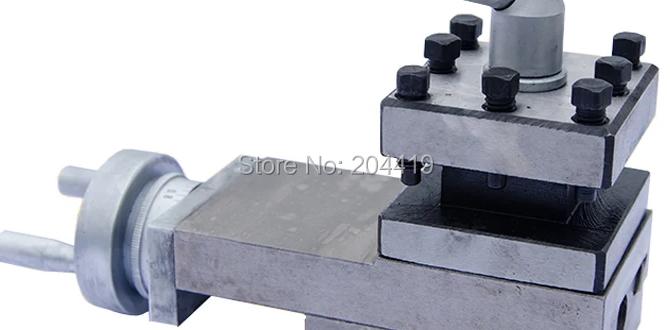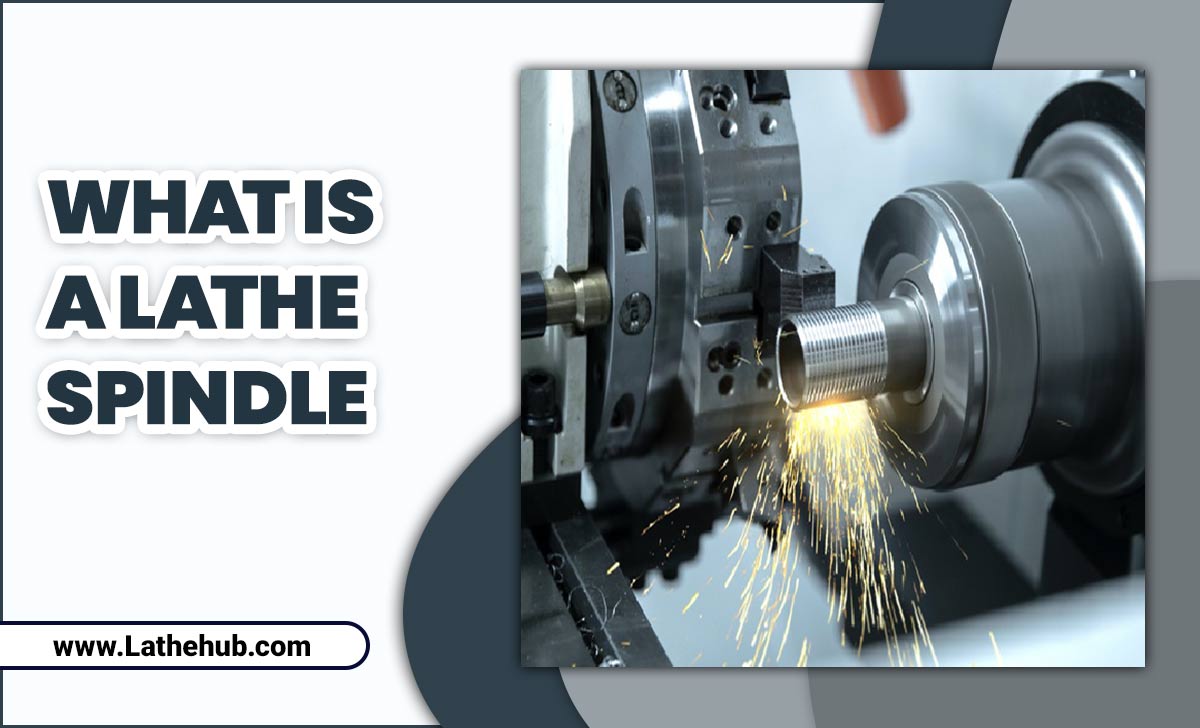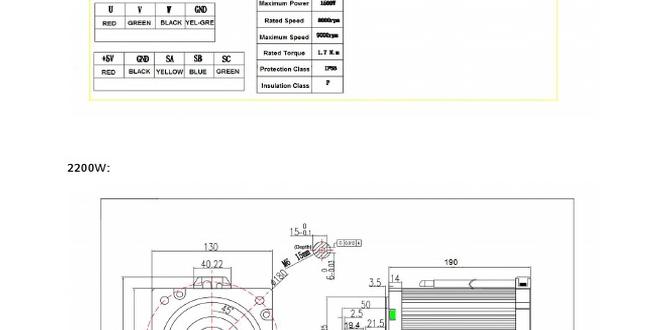Carbide end mills offer a proven tip for achieving high Material Removal Rates (MRR) in titanium. By understanding the right tool geometry, speeds, feeds, and cooling strategies, you can successfully machine this challenging material.
Machining titanium can feel like wrestling a steel bear – tough, stubborn, and prone to giving you a hard time. You bought that shiny carbide end mill, ready to cut through grade 5 titanium like butter, only to find it chattering, overheating, or worse, breaking! It’s a common frustration for many who are new to working with this aerospace-grade metal. These issues often stem from a lack of specific knowledge on how to best approach titanium cutting with carbide end mills. But don’t worry, there’s a specific, proven tip that dramatically improves Material Removal Rates (MRR) and makes your life so much easier. Let’s uncover this secret so you can cut titanium confidently and efficiently.
The Secret Tip for High Titanium MRR: Optimized Geometry and Cutting Parameters
The ultimate “proven tip” for high Material Removal Rates (MRR) when machining titanium with carbide end mills isn’t just one single trick, but a combination of smart choices. It’s about selecting the right tool and setting it up to work with titanium, not against it. Titanium is known for its high strength, low thermal conductivity, and tendency to work-harden. These properties mean it grabs tools, generates a lot of heat right at the cutting edge, and resists aggressive cutting. To overcome this, we need end mills designed for these challenges, and we need to use them at specific speeds and feeds that capitalize on their design.
Why Titanium is a Machining Challenge
Before we dive into the solution, let’s quickly understand why titanium is so tricky. It’s not like aluminum or even steel. Here’s a breakdown of its challenging characteristics:
- High Strength-to-Weight Ratio: It’s incredibly strong, meaning you need a robust cutting tool and a rigid machine.
- Low Thermal Conductivity: Heat generated during cutting doesn’t dissipate away from the cutting edge easily. Instead, it concentrates, leading to rapid tool wear and potential for thermal damage to the workpiece.
- Tendency to Work Harden: As you cut titanium, the material directly beneath the cutting edge gets harder, making subsequent passes more difficult and increasing tool load.
- Galling and Built-Up Edge (BUE): Titanium has a tendency to stick or “weld” itself to the cutting tool, forming a built-up edge. This drastically changes the cutting geometry, increases friction, and can lead to catastrophic tool failure.
The Core of the Solution: Specialized Carbide End Mills
The most impactful tip for improving titanium MRR is to use carbide end mills with specific geometries and coatings designed for high-temperature alloys and high volumetric material removal. For machining titanium, especially Grade 5 (Ti-6Al-4V), you’ll want to look for:
- High Positive Rake Angles: These angles help to shear the material more efficiently rather than shoving it aside. Less force is required, reducing heat and chatter.
- Through-Coolant Capabilities: This is HUGE. The coolant needs to get directly to the cutting edge to both cool it down and flush away chips. For titanium, this also helps prevent galling and BUE.
- Specialized Coatings: Coatings like AlTiN (Aluminum Titanium Nitride) or TiAlN (Titanium Aluminum Nitride) are essential. They add a layer of hardness, reduce friction, and provide thermal protection at high temperatures.
- End Mills Designed for High MRR in Difficult Materials: Look for descriptions like “High Performance,” “High Feed,” or “Titanium Specific.” These often feature advanced flute geometries and tighter tolerances.
- Stub or Short Flute Length: While longer flutes can be useful, for aggressive titanium machining, a stub or shorter length end mill offers greater rigidity. This means less deflection and vibration, which is critical for preventing chatter and tool breakage. A 1/2 inch shank stub length end mill is often a good starting point for smaller features.
The “Proven Tip” in Action: What Does it Mean for MRR?
When you combine these features – positive rake, excellent coatings, robust construction, and through-coolant – you create an end mill that can:
- Cut Cleaner: The shearing action creates smaller, more manageable chips.
- Run Cooler: Even though titanium is tough, proper geometry and cooling dissipate heat more effectively away from the cutting edge.
- Reduce Chatter: A rigid tool with optimized geometry is less prone to vibration.
- Prevent Galling: The combination of sharp cutting edges and effective chip evacuation minimizes material sticking to the tool.
All of this leads to the ability to use higher feed rates and sometimes even slightly higher surface speeds (while managing them carefully), which directly translates to increased Material Removal Rates (MRR). Instead of taking tiny, timid passes, you can take more aggressive cuts, getting your part done faster and with less tool wear.
Choosing the Right Carbide End Mill for Titanium
For the specific keywords “carbide end mill 3/16 inch 1/2 shank stub length for titanium grade 5 high mrr,” let’s break down what makes a tool suitable and what to look for.
Key Features to Seek in Your End Mill
When you’re browsing for the right tool, keep these specifications in mind:
- Diameter: 3/16 inch (0.1875 inches). This is a relatively small diameter, which can be challenging for MRR due to smaller engagement. Therefore, flute design and sharpness are even more critical.
- Shank Diameter: 1/2 inch (0.500 inches). This provides a good balance of rigidity and compatibility with many standard collets and holders. For small diameters like 3/16 inch, a larger shank can offer stability.
- Length/Flute Length: Stub length. This means the flute length is shorter than the overall tool length, usually 1.5 to 2 times the tool diameter. This design maximizes rigidity, reducing tool deflection and chatter, which is paramount for titanium.
- Material: Carbide. High-quality solid carbide is essential for its hardness and ability to hold an edge at cutting temperatures.
- Number of Flutes: For titanium, 2 or 3 flutes are often recommended. More flutes (like 4 or 6) can lead to chip packing issues in gummy materials like titanium. Fewer flutes provide better chip evacuation space.
- Geometry: High positive rake, sharp cutting edges, polished flutes, and a corner radius can be beneficial.
- Coating: AlTiN or TiAlN are standard choices. Hi-Performance variants of these coatings, or even more advanced ceramic-based coatings, might be available and should be considered.
- Through-Coolant: Absolutely critical. Look for tools with internal coolant channels that direct coolant through the flutes to the cutting edge.
Example Tool Specifications (Hypothetical)
Here’s what you might find on a manufacturer’s spec sheet for an ideal tool:
| Feature | Specification | Reasoning for Titanium |
|---|---|---|
| Diameter | 3/16″ (0.1875″) | For feature size required. Requires high rigidity due to small diameter. |
| Shank Diameter | 1/2″ | Provides excellent shank rigidity for precise cuts. |
| Overall Length | 2.00″ – 2.50″ (Varies) | Standard for stub length. |
| Effective Length / Helix Length | 0.375″ – 0.562″ (Typically 2-3x Diameter) | “Stub Length” for maximum rigidity and minimal deflection. |
| Number of Flutes | 2 or 3 | Maximizes chip clearance for gummy materials, preventing packing. |
| Helix Angle | 30-45 degrees | A moderate helix angle helps with shear action and chip evacuation without being so steep as to reduce cutting edge strength. |
| Rake Angle | High Positive (~20-25 degrees) | Promotes efficient cutting and reduces cutting forces and heat. |
| Corner Radius | Optional (e.g., 0.010″ – 0.030″) | Can help strengthen the cutting edge and reduce chipping, but a sharp corner is sometimes preferred depending on the specific operation. A small radius is often a good compromise. |
| Coating | AlTiN or TiAlN | Thermal barrier, reduces friction, and extends tool life at high temperatures. |
| Coolant | Through-Coolant (Hole(s)) | Essential for lubricating the cut, cooling the edge, and flushing chips away from the cutting zone. |
| Grind | Right Hand Cut / Right Hand Spiral | Standard for most milling operations. Left hand cut is less common for general purpose. |
Where to Buy Such Tools
Reputable tool manufacturers and their distributors are your best bet. Brands like:
- Guhring
- Sandvik Coromant
- Iscar
- Walter Tools
- OSG
- Melin Tool Company
Look for their “High Performance,” “Titanium Machining,” or “HP” series end mills. Always check the specific recommendations for titanium on their websites or in their catalogs.
Setting Up for Success: Speeds, Feeds, and Coolant
Having the right tool is half the battle. The other half is using it correctly. For titanium, this means a careful approach to speeds, feeds, and crucially, coolant.
Speeds (Surface Feet per Minute – SFM)
Titanium is not aluminum! You generally can’t spin a tool very fast. For carbide end mills in titanium, a common starting point is:
- Surface Speed: 50-150 SFM (Surface Feet per Minute). This is a wide range, and the exact value depends heavily on the end mill’s specific design, coating, the rigidity of your setup, and the type of cut (e.g., slotting vs. profiling).
- Calculating RPM: RPM = (SFM × 3.82) / Diameter (in inches)
Example: For a 3/16″ end mill at 100 SFM:
RPM = (100 × 3.82) / 0.1875 = 2037 RPM. A good starting point would be around 2000 RPM.
Important Note on Speeds: It’s often better to run slightly slower and focus on a robust feed rate. Too high a speed generates excessive heat which burns up the tool and hardens the material.
Feeds (Inches per Minute – IPM)
Feeds are where you can really achieve high MRR. For titanium, you want to hear a consistent “chip” and see chips, not feel chatter or see glowing redness. You want the tool to cut, not rub.
Chip Load (Inches per Tooth – IPT): This is the fundamental parameter for feed rate. Chip load is the thickness of the chip being removed by each tooth of the end mill. For carbide in titanium:
- Chip Load: 0.001″ – 0.004″ IPT (for a 3/16″ end mill). Small tools require smaller chip loads. A stub length, high-performance tool might allow you to push towards the higher end of this.
Calculating Feed Rate: Feed Rate (IPM) = Chip Load (IPT) × Number of Flutes × RPM
Example: Using the 2000 RPM from above, with a 3-flute end mill and a chip load of 0.002″ IPT:
IPM = 0.002 × 3 × 2000 = 12,000 IPM. This seems very high, and is not the target for a 3/16″ end mill. Let’s re-evaluate the chip load for a small tool. A more realistic chip load for a 3/16″ end mill in titanium might be 0.0005″ to 0.0015″ IPT.
Revised Example: Using 2000 RPM, 3 flutes, and a chip load of 0.001″ IPT:
IPM = 0.001 × 3 × 2000 = 60 IPM. This is a much more realistic feed rate for a small end mill in titanium.
Radial Chip Thinning: When performing light profiling or leaving a small amount of material, your effective chip load is less than the programmed chip load. This is called radial chip thinning. When machining, especially in slots or when a shallow depth of cut is used, you might need to increase the programmed feed rate to achieve the desired chip load. For a 3/16″ end mill doing light profiling, you might be as low as 0.0002″ to 0.0004″ effective chip load.
Coolant Strategy for Titanium
This is non-negotiable. For titanium, you need effective cooling and lubrication.
- High-Pressure Through-Coolant: Aim for at least 700 PSI if your machine is capable. Direct jet streams of coolant precisely at the cutting zone. This is what washes chips away and cools the edge before it can embed chips or overheat.
- Flood Coolant: While beneficial, flood coolant alone is often insufficient for titanium. It doesn’t reach the cutting edge effectively enough and isn’t forceful enough to clear chips from the flutes.
- Mist Coolant / Minimum Quantity Lubrication (MQL): Can work for lighter cuts or specific operations, but for high MRR, high-pressure through-coolant is king.
- Coolant Type: Use a synthetic or semi-synthetic coolant formulated for heavy-duty machining and high-temperature alloys. Avoid soluble oils that can break down at high temperatures.
The importance of through-coolant cannot be overstated. It’s the unsung hero that makes high MRR possible in titanium. For more information on coolants in machining, a great resource is the Machinery Lubricants website, which offers deep dives into coolant technology and selection.
Machining Techniques for Best Results
Beyond the tool and parameters, how you approach the cut matters. For aggressive MRR in titanium, consider these techniques:
High-Feed Milling (Form Milling)
This technique uses very small axial depths of cut and relatively large radial depths of cut at high feed rates. The objective is to create a very thin chip that is easily evacuated. The tool engagements are shallow, which reduces the cutting forces and heat generation per tooth. While typical for larger tools, the principle of very shallow axial DOC with high feed can be adapted even for smaller tools like a 3/16″ end mill to maintain rigidity.
Climb Milling vs. Conventional Milling
- Climb Milling: The cutter rotates in the same direction as the workpiece material is fed. This typically results in better surface finish, reduced cutting forces, and less tool wear because the tool engages the material at the top of the cut where the chip is thinnest and exits cleanly. It’s generally preferred for titanium.
- Conventional Milling: The cutter rotates against the direction of the feed. This creates a wedging action, increasing cutting forces and heat, and is more prone to chatter. Avoid conventional milling for titanium whenever possible.
Chip Evacuation
This is critical. When machining titanium, even with through-coolant, chips can pack in the flutes. If chips pack, they insulate the cutting edge, increase friction, and can lead to tool breakage. Here’s how to help:
- Use Air Blast: In addition to coolant, a directed air blast can help blow chips out of the flutes.
- Peck Drilling/Milling: For deep pockets or slots, occasionally retract the tool while maintaining spindle rotation (pecking) to clear chips.
- Back-Step Milling: In certain operations, you can program the tool to retract slightly on each pass, clearing chips and preventing them from being recut.
- Optimize Path: Design your toolpaths to minimize backtracking over areas where chips have just been cut.






